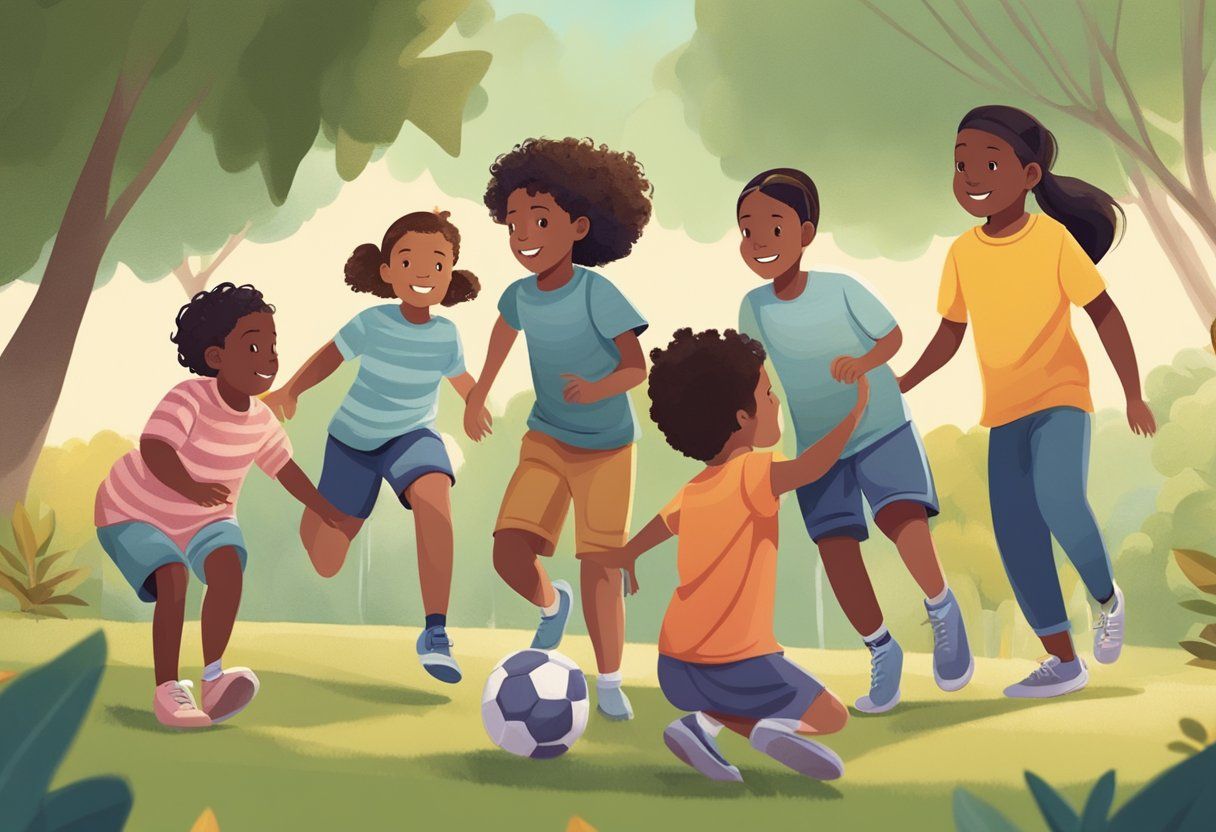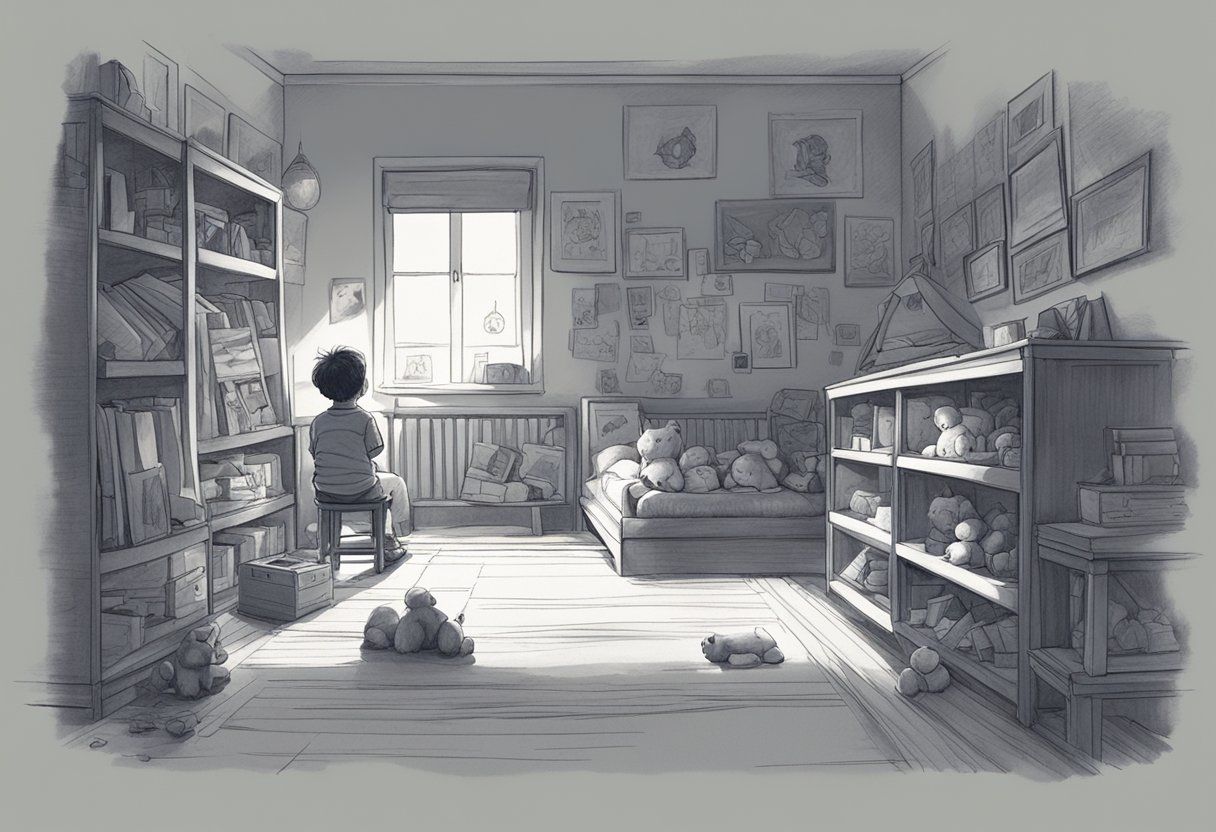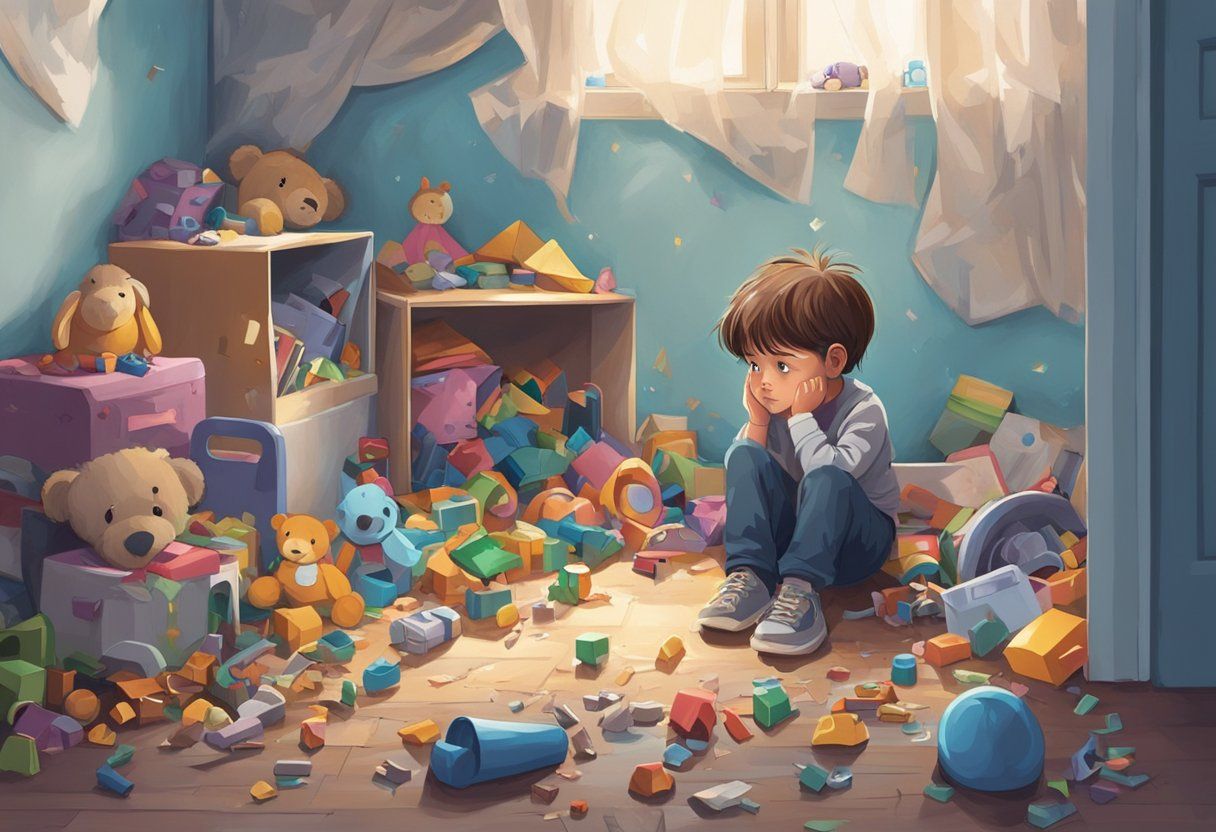BLOG
Categories
How Early Trauma Affects Brain Development in Adopted Children: Understanding Long-term Impacts
The Impact of Early Trauma on Brain Development
Let’s slow down and really sit with this for a moment—early trauma rewires a child’s brain. It doesn’t ask for permission. It just moves in, uninvited, and begins to shift the way a child sees the world, feels about themselves, and responds to the smallest of stressors.
In the world of adoption, we cannot afford to minimize this. Emotional regulation, memory, stress responses—all of it is impacted. These aren’t just academic concepts. This is your child’s daily life. This is the meltdown in the grocery store. The blank stare in the classroom. The refusal to connect at bedtime.
What Is Childhood Trauma?
Trauma isn’t just “big bad things.” Trauma is any experience that is overwhelming, unpredictable, or prolonged—and the child’s ability to make sense of it is missing. Abuse, neglect, the loss of a caregiver? Yes, absolutely. But it can also be things we may overlook. A move. A failed placement. A loud argument.
And here’s the key: when those moments aren’t expressed, when they’re not processed with someone safe, they don’t fade away—they get embedded. They become part of the child’s wiring.
That’s why we don’t wait for a diagnosis. If you’re seeing anxiety, school issues, big behaviors—that might be your clue. Trauma is already in the room.
Trauma and the Developing Brain
The child’s brain is still under construction. When trauma hits early, it doesn’t just “affect” development—it reshapes it. What should be a beautiful, flexible, adaptive system becomes hyper-vigilant, easily triggered, and emotionally flooded.
Think about this: your child’s brain starts prioritizing survival instead of learning, connection, and exploration. You see this show up in difficulty with social interaction, in academic struggles, in moments where it feels like your child is unreachable.
And this is not a phase. This wiring can follow them into adulthood if we don’t intervene.
The Amygdala and Hippocampus: Trauma’s Main Targets
Two major players in this story are the amygdala and the hippocampus. The amygdala is the smoke detector—it sounds the alarm. The hippocampus is the storyteller—it helps make sense of the past.
In children who’ve experienced trauma, that smoke detector is stuck in the “on” position. Constant alerts. Constant fear. Even in safe environments. The hippocampus? It gets quiet. It shrinks back. Memory formation becomes cloudy, fractured, hard to trust.
It’s not just about memory and fear—it’s about their ability to learn, to engage, to trust.
The Stress Response System: The HPA Axis
And then there’s the HPA axis. This is the system that manages stress—like your body's thermostat. Trauma breaks the dial. Cortisol and other stress hormones stay elevated. The body stays ready for a battle that never ends.
And over time, this takes a toll. We see atrophy in parts of the brain—especially the hippocampus. We see emotional outbursts, attention issues, difficulty with relationships. But most importantly, we see children trying to survive a world that feels unsafe.
Long-Term Effects of Adversity in Adopted Children
When we talk about early trauma in adopted children—whether that’s neglect, abuse, abandonment, or chronic unpredictability—we’re not just looking at what happened back then. We’re talking about what’s still echoing in the body and brain of that child right now. The impact doesn’t disappear with a new last name or a change in scenery. It lives in the nervous system, in the relationships, in the way that child navigates the world.
Emotional and Behavioral Challenges
Let me say it plain: children don’t act out because they’re bad. They act out because they’re hurting.
That anxiety? That defiance? That hyperactivity? Those are all ways the child’s brain and body are trying to survive a world that once felt unsafe—and maybe still does. Trauma doesn’t show up in a neat little box. It often shows up as behaviors that overwhelm parents, teachers, and even the kids themselves.
Here’s the real kicker—those behaviors are often rooted in fear. Not fear of you, but fear of what if? What if I’m not safe? What if love disappears? What if I’m not good enough?
So we have to stop focusing on the behavior and start looking deeper—start seeing the scared, overwhelmed child underneath. What they need is not more discipline—they need more connection. They need you to show up again and again with calm, with consistency, with compassion.
Cognitive Performance Impacts
Now let’s talk about the brain. Trauma disrupts brain development. That’s not theory—it’s neuroscience.
Children who’ve faced early adversity often struggle with memory, attention, and focus. These aren’t kids who “just need to try harder.” These are kids whose brains have been wired for survival, not for academics.
That child zoning out in class? They might be reliving a past memory. The one who can’t sit still? Maybe their stress response system is in overdrive. You’re not just managing behavior—you’re dealing with a brain that’s been conditioned by chaos.
What makes the difference? A regulated environment. A stable, predictable rhythm. Educators and caregivers who understand that trauma impacts cognition—and adjust accordingly. Tailored educational programs, reduced stimulation, frequent breaks, and a whole lot of patience.
Healing doesn’t happen on a rigid timeline, but progress does come with time and trust.
Attachment and Relationship Struggles
Let’s not sugarcoat it—attachment struggles are real, and they run deep.
Children who’ve been separated from their biological families carry with them a story of loss. That story gets written into their nervous system. And sometimes, love—pure, simple love—can feel terrifying.
Why? Because love equals vulnerability. And if love once disappeared, then their brain says, “Protect yourself at all costs.”
So what do you see? Pushing boundaries. Pulling away. Testing your love to see if it’s real. And this isn’t manipulation—it’s fear. Fear that they’ll be hurt again.
That’s why consistency is everything. That’s why empathy matters more than consequences. You don’t have to be perfect—you just have to be present.
Over time, with enough safety and attunement, they begin to soften. They begin to trust. And that’s when healing begins—not because you “fixed” them, but because you saw them.
We need to start with this truth: children who’ve experienced trauma are not broken. They’re brilliant, brave, and beautifully complex. Yes, they carry scars. But they also carry strength. And when we see that—really see it—we stop trying to fix them and start helping them heal.
Building Resilience in Adopted Children
Resilience isn’t a gift some kids have and others don’t. It’s built. It’s shaped. And it’s earned through relationship.
It begins with safety. Not just physical safety—but emotional safety. Predictability. Regulation. A calm voice when chaos is erupting. A soft place to land when the world has been hard.
That’s what builds resilience.
It’s the bedtime story, the shared laugh, the held hand in a moment of meltdown. These aren’t extras. These are the interventions. They tell the child’s nervous system: you’re okay now. And every time a caregiver shows up with compassion instead of control, we teach the child something vital: I am safe. I am seen. I can keep going.
But let’s also be honest—resilience doesn’t grow in a vacuum. It needs a village. And that’s where wraparound services come in.
Resilience flourishes when support doesn’t stop at the front door. When teachers, therapists, caseworkers, and extended family are all working from the same trauma-informed playbook. Wraparound services align the village. They help carry the load so the parent can keep showing up regulated and present.
We’re talking about therapy, yes—but also in-home support, school coordination, mentoring programs, and access to resources that reduce stress across the board. The more we surround families with understanding and tools, the more likely we are to break the cycle of trauma and replace it with healing.
Therapeutic Interventions and Their Efficacy
I’ve said it before—there is no magic bullet when it comes to healing trauma. But there is a path. And that path always runs through relationship.
CBT? Great when it includes emotional literacy. Mindfulness? Beautiful—but only when the child’s body is ready to feel stillness as safe, not threatening. Neurofeedback?
Powerfully rewires stress patterns at the neurological level.
But all of these tools are only as strong as the relational container they sit inside. That’s why wraparound support is so vital. Therapy can’t exist in isolation. What happens in the session needs to be reinforced at home, supported at school, and held by a team that’s all rowing in the same direction.
This is why we track progress—not to grade the child, but to make sure we’re actually meeting their needs, not just checking boxes. We listen. We adjust. We stay flexible. Because that’s what love does. Love stays in the room.
Promoting Post-Traumatic Growth
Here’s the part we can never forget—trauma doesn’t just break things. It also reveals things. It reveals grit. It reveals the fight to connect. It reveals the resilience already inside the child waiting to be seen.
Post-traumatic growth doesn’t happen through lectures or punishments. It happens through presence. Through being there—over and over again.
And wraparound services? They make that presence sustainable.
They give the parent space to breathe, to reflect, to get support. They give the child multiple points of connection. A mentor at school. A caseworker who gets it. A therapist who walks beside the family. This network amplifies the healing process.
When a child is surrounded by adults who believe in them, who hold space for their pain, and who guide them gently toward their strengths—that’s when growth happens.
We stop asking, “Why are you still struggling?” and we start asking, “What do you need to feel safe today?”
Because healing doesn’t come from control. It comes from connection. From safety. From love—and a village that refuses to give up.
Contextualizing Adoption: Historical and Social Aspects

To truly understand adoption today, we have to look back. We have to honor the road that brought us here—not to stay stuck in the past, but to recognize the stories, the systems, and the scars that continue to shape our children.
The Legacy of Orphanages and Institutional Care
Let’s talk about orphanages—not the romanticized version, but the real places. These were institutions built out of desperation, not compassion. They were a response to crisis, not a vision for healing.
In places like Romania under Ceaușescu, we saw just how damaging institutional care could be. Overcrowded rooms. Silent nurseries. Children rocking themselves to sleep—not because they were soothed, but because there was no one else to hold them.
This isn’t ancient history. These are wounds that still walk among us in the lives of our children. When a child grows up without consistent, attuned caregiving, their brain adapts for survival. Emotional numbing. Hyper-vigilance. Insecure attachment.
They didn’t just lose their parents—they lost the opportunity to form the neural connections that come from being seen, soothed, and safe.
We must remember: institutions may feed and clothe, but they don’t attach. And without attachment, development stalls.
Societal Perspective on Adoption and Child Welfare
Now let’s zoom out. Because how we, as a society, think about adoption—it matters.
Historically, adoption served adults. It provided heirs, farmhands, or filled empty arms. The child’s needs were secondary—if they were considered at all.
But thank God, we’re evolving. We’re beginning to understand that adoption isn’t just about giving a child a home. It’s about healing a life. It’s about restoring safety, not just shifting location.
Today, there’s more talk about trauma. About grief. About the lifelong journey of identity that adopted individuals navigate. And this shift—this slow, sometimes uncomfortable shift—is shaping better policies. It’s pushing us toward systems that prioritize stability, attachment, and emotional regulation over speed and numbers.
But we still have work to do. Because while public perception is moving forward, many families still feel alone in the trenches—navigating behaviors, confusion, and heartbreak without enough support.
We must do better. We must advocate for systems that wrap around families, not just place children. We must understand that adoption doesn’t end with placement—it begins there.
At the core of it all is one simple truth: every child deserves to be seen, heard, and loved. And every parent deserves the tools and support to make that happen.
Genetic and Environmental Interplay in Post-Trauma Development

If we’re going to understand how trauma affects adopted children, we have to zoom all the way out—to the very beginning. Before the first tantrum. Before the adoption. Before the birth. We have to go back to the womb—and even beyond that—to the invisible dance between genes and environment that begins shaping a child’s brain long before they ever cry out for comfort.
Epigenetic Changes Following Early-Life Stress
Let’s break it down: trauma changes the brain, but it doesn’t stop there. It changes how genes express themselves. That’s epigenetics.
Genes are not fixed. They’re not destiny. They’re potential—and that potential can be switched on or off depending on the child’s experiences. When a child goes through early-life stress—neglect, abuse, or just persistent unpredictability—the brain says, “Adapt to survive.” And the genes follow that command.
What we see is a reshaping of the brain’s architecture. Areas like the prefrontal cortex—responsible for decision-making, empathy, and regulation—get hit hard. The stress system gets turned up to high and often stays there.
So when that child melts down over a simple transition or shuts down emotionally when you try to comfort them—it’s not a choice. It’s biology. Their system is dysregulated because trauma rewired the control panel.
This is why you’ll see symptoms that mimic PTSD, depression, or chronic anxiety. And why standard discipline approaches can actually make things worse.
Because the child doesn’t need correction—they need connection.
Influence of Prenatal and Perinatal Factors
Let’s go even earlier—to the womb.
A mother’s stress, her nutrition, her environment—all of that becomes the unborn child’s first language. If the mother is under stress—whether from domestic violence, poverty, or emotional distress—that stress literally bathes the developing brain in cortisol. The message being sent is, “The world is not safe.”
That child enters the world already wired to be on alert.
And what we’re learning now is even more powerful: that stress can program how a child reacts to the world. It can affect their immune system, emotional regulation, and
ability to learn. This is where nature and nurture don’t compete—they collaborate. Genetics and environment are always in dialogue.
So when we’re parenting these children, we must remember—we’re not just dealing with what we see on the outside. We’re dealing with history. With biology. With patterns that were set into motion before the child ever met us.
But here’s the good news: the brain is plastic. It can change. The same environment that wired in fear can rewire for safety.
That’s where love comes in. That’s where regulated, calm, compassionate caregiving becomes not just helpful—but
healing.

Frequently Asked Questions
What are common signs and symptoms in adults indicating they may have experienced adoption-related trauma?
Adults who experienced adoption-related trauma may show signs of anxiety, depression, or difficulty in forming close relationships.
They might also experience identity issues or diminished self-worth, often feeling a persistent sense of loss or rejection.
How does experiencing trauma in childhood impact an individual's brain development and functioning in adulthood?
Childhood trauma can alter how the brain processes emotions and stress. It may lead to overactive stress responses, affecting emotional regulation and decision-making in adulthood.
This can result in heightened anxiety, impulsive behaviors, or difficulty with attention and memory.
In what ways does early life trauma influence a child's typical brain development trajectory?
Early trauma can disrupt the normal development of the brain's structure and function.
Areas responsible for emotions and self-control, like the amygdala and prefrontal cortex, can be particularly affected.
This can result in challenges with impulse control, emotional regulation, and social interactions.
Can you describe the relationship between childhood trauma and subsequent behavioral issues in adopted children?
Trauma in early life is often linked to behavioral issues in adopted children. These may include aggression, defiance, or withdrawal from social interactions.
Such behaviors can stem from the brain's heightened sensitivity to perceived threats, shaped by past traumatic experiences.
What psychological challenges might arise from being adopted at birth, according to current research?
Being adopted at birth can lead to feelings of loss or confusion regarding identity. Some individuals may struggle with questions about their birth family or develop issues with attachment.
These challenges can be compounded by the absence of biological family ties, impacting self-esteem and belonging.
Is there a recognized syndrome related to challenges faced by adopted children, and how is it characterized?
Yes, some adopted children can experience a condition known as "Adoption Trauma Syndrome."
It is characterized by symptoms like attachment difficulties, identity confusion, and difficulty trusting others. This syndrome underscores the deep impact that early separation and loss can have on a child's emotional and psychological well-being.
RECENT POSTS



Bringing and keeping families together!

Supporting families in need.
LEAF WRAPAROUND is a Parents in Training Inc. program to help ensure families stay together, providing support and services to both children and parents
LEAF WRAPAROUND - a Parents in Training Inc. progra | Built by WSI - Dinámica Digital
LEAF WRAPAROUND
a Parents in Training Inc. program
Built by WSI - Dinámica Digital





